

Animals are often rare because their populations have declined to the point of near extinction. We call this being ‘critically endangered’. Read on to find out more about some of the rarest or most critically endangered animals in the world.
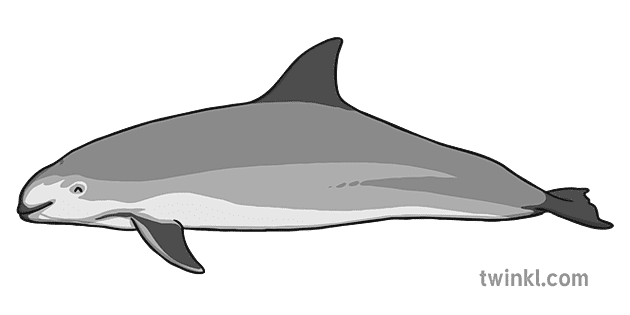
An adult vaquita weighs around 43 kilograms and can grow up to 1.5 metres in length. It is the smallest Cetacean, which are an order of mammals including dolphins, whales, and porpoises. Vaquita is Spanish for ‘little cow’.
Some of the potential factors of its extinction include gill nets, a type of net used in commercial fishing. Also, females often only give birth once every two years, so they are slow to replenish the population.
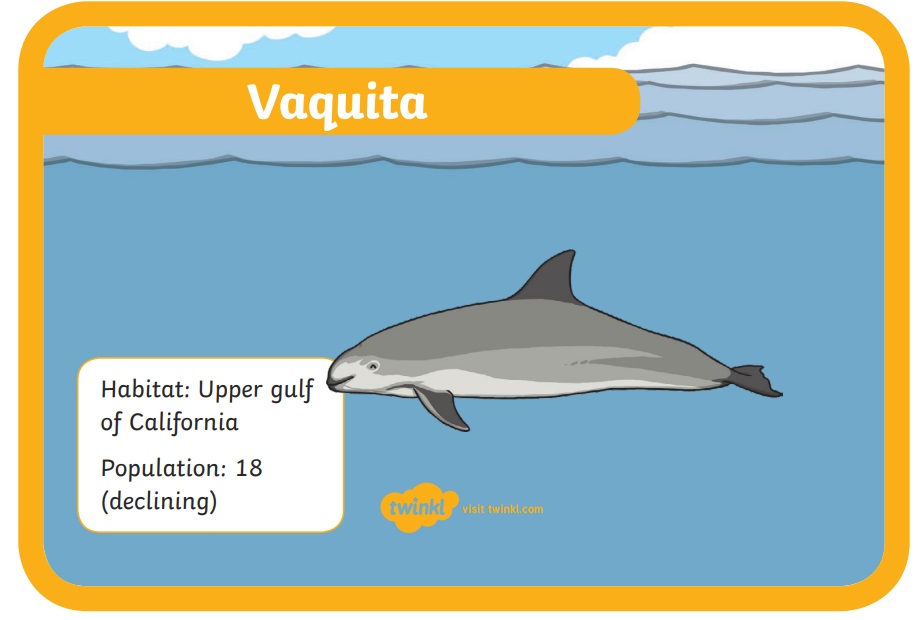
Kakapos are a kind of large, green flightless parrot. They live in New Zealand and have become critically endangered due to humans bringing cats near to their habitat. There are around 116 adults left. They have been moved to protected areas across three small islands in New Zealand. The kakapos are all tagged and watched by conservationists to keep them safe.

These creatures are small wading birds, found in Southeast Asia and North-eastern Russia. They have spoon-shaped bills to help them scoop up moss, insects, shrimp, and worms. They are also known for their calls, which sound like ‘preep’ and ‘wheer’. There are fewer than 200 mature adults of this species left in the world.
These big cats can be found in North East China or the Primorsky Krai region of Russia. There are around 90 adult Amur leopards left in the world. The beautiful fur of these leopards has made them a prime target for hunters and fur traders. However, there are efforts to increase the population in Russia.
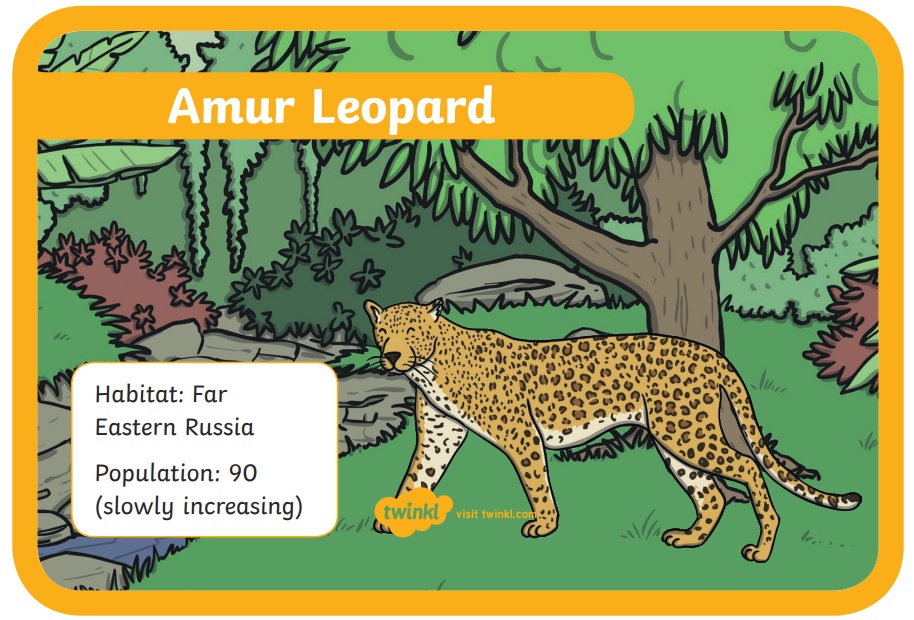
The Sumatran (or Sunda) tiger is the only kind of tiger left in the Sunda islands. They used to live all over these islands, but now are only found in Sumatra. The other Greater Sunda islands include Borneo, Java and Sulawesi, and there are many lesser islands including Bali and Timor. There were other subspecies of tigers in Bali and Java, but now both are extinct. Conservationists believe there are fewer than 400 left in the wild.
The Hainan gibbon is the rarest ape on the planet. It can only be found in a single nature reserve on Hainan Island in China. There used to be around 2,000 in the 1950s, but now there are only about 28 left.
There are two different kinds of critically endangered orangutan, the Bornean and the Sumatran. Around 100 years ago, there were around 230,000 orangutans in total. Now it is estimated that there are only around 104,700 Bornean orangutans and roughly 7,500 Sumatran orangutans. The main reason that orangutans are threatened with extinction is the destruction of their habitat in the rain forests of Borneo and Sumatra.
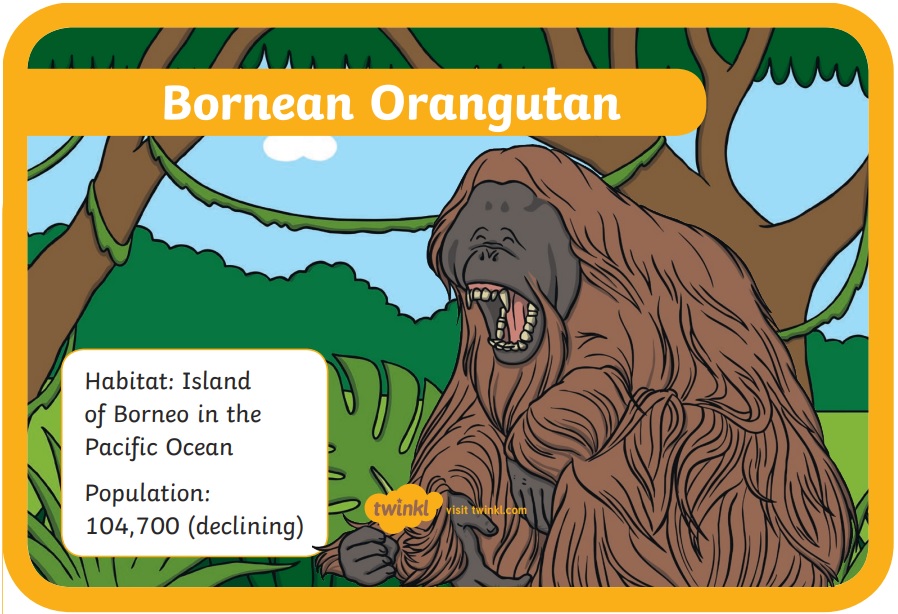
There are three different types of gorilla that are considered to be critically endangered. The western lowland gorilla is the most numerous of them. It is difficult to count them due to the remote and dense nature of their habitat. They can be found in Cameroon, the Central African Republic, the Democratic Republic of Congo and Equatorial Guinea as well as in large areas in Gabon and the Republic of Congo. The amount of western lowland gorillas appears to have declined by more than 60% over the last 20 - 25 years.
The eastern lowland gorilla or Grauer’s gorilla makes its home in lowland tropical rainforests in the eastern Democratic Republic of Congo. In the last 50 years, its range has roughly halved. There were around 17,000 eastern lowland gorillas in the mid-1990s, but it is estimated that this amount has declined by more than 50% since then. The gorillas have been vulnerable to poaching, even in national parks.
Humans have taken over large parts of the habitat of the Cross River gorillas. People have cleared forests for timber and made fields for farming. Some poaching takes place too, and strongly affects the small remaining population. It is hard to know how many of these gorillas are left as they have become wary of humans and the last remaining scraps of territory they occupy is some of the most uninhabitable and inaccessible. Researchers estimate there are about 200-300 left.
African forest elephants live in the dense rainforests of west and Central Africa. Their preference for this habitat makes it hard to count them. Their population is usually estimated through "dung counts", which is pretty much exactly what it sounds like.
African forest elephants are smaller than African savanna elephants, the other African elephant species. Forest elephants have a much slower reproductive rate than savanna elephants, so they cannot bounce back from population declines as quickly at the same rate.
Sumatran elephants are also critically endangered. They also live with many other endangered species, such as the Sumatran rhino, tiger, and orangutan. Deforestation and poaching has been devastating for these animal populations.
The Sumatran rhinoceros can now only be found in the wild in Indonesia. Their population has been reduced by over 80% in the last 30 years, mainly due to poaching and habitat loss. There are estimated to be only 30 mature adults left.
Black rhinos are the smallest of the two kinds of African rhinoceros. Between 1960 and 1995, the population dropped by 98%, primarily due to European hunters settling in the region. Much conservation work has been done to bring the number back up, but there are still only around 5600, and they are still considered critically endangered.

Once the most widespread of Asian rhinoceroses, the Javan rhinoceros is now very rare. All of them live on one nature preserve on the island of Java. No other herds exist, as the species is extinct in the entirety of its former region. Rhinoceroses are often hunted for their horn, despite efforts to curb poaching. There is also an invasive palm plant species that has driven out other vegetation in the Javan rhino’s habitat, including the plants they like to eat. It’s estimated there are only 67 Javan rhinos left.
The saola is a close relative of cattle, but looks like a deer. They are sometimes called the Asian unicorn due to their rarity. They were discovered in Vietnam in 1992, but it is hard to count the population for many reasons, including their dense habitat. The population has declined due to habitat loss and hunting. There are none in captivity, and estimates of the wild population range from 25 up to 750 mature adults.
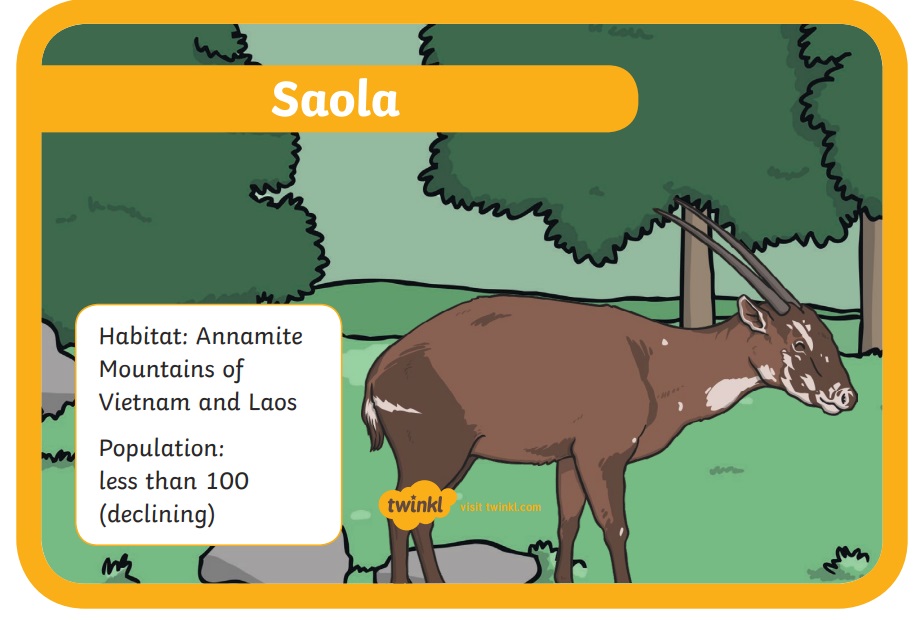
It may already be too late to save some of these species as they are so close to extinction. Conservationists are doing the best they can, but what can we do to help?
Wildlife conservation is all about ensuring the survival of endangered or vulnerable animal species. It also involves educating people about living sustainably and being eco-friendly.
Creating spaces like wildlife reserves, national parks and animal sanctuaries helps to protect the animals in their natural habitat, or something as close as possible. Some species need additional help to increase their population, so keeping some animals in captivity is one solution that conservationists have found to assist them.
It is important to understand how our choices and the choices of large companies and corporations affect the habitats of animals and plants. Habitat loss and deforestation is a key reason why many of these animals are critically endangered. We can help by supporting eco-conscious brands, planting trees, cleaning up beaches, and supporting relevant charities. Many animal sanctuaries and wildlife reserves depend on donations to keep going.
One thing to be particularly conscious of is palm oil. This is an ingredient found in many products, such as food and cosmetics. Did you know that using palm oil products can contribute to the rapid deforestation in Sumatra and other tropical rainforests? Orangutan, rhino, and elephant habitats in Sumatra and Borneo are being cleared at a scary rate so that the land can be used for oil palm plantations.
 Home
Home  Membership
Membership  Customer Support
Customer Support  Create
Create  Blog
Blog 





















